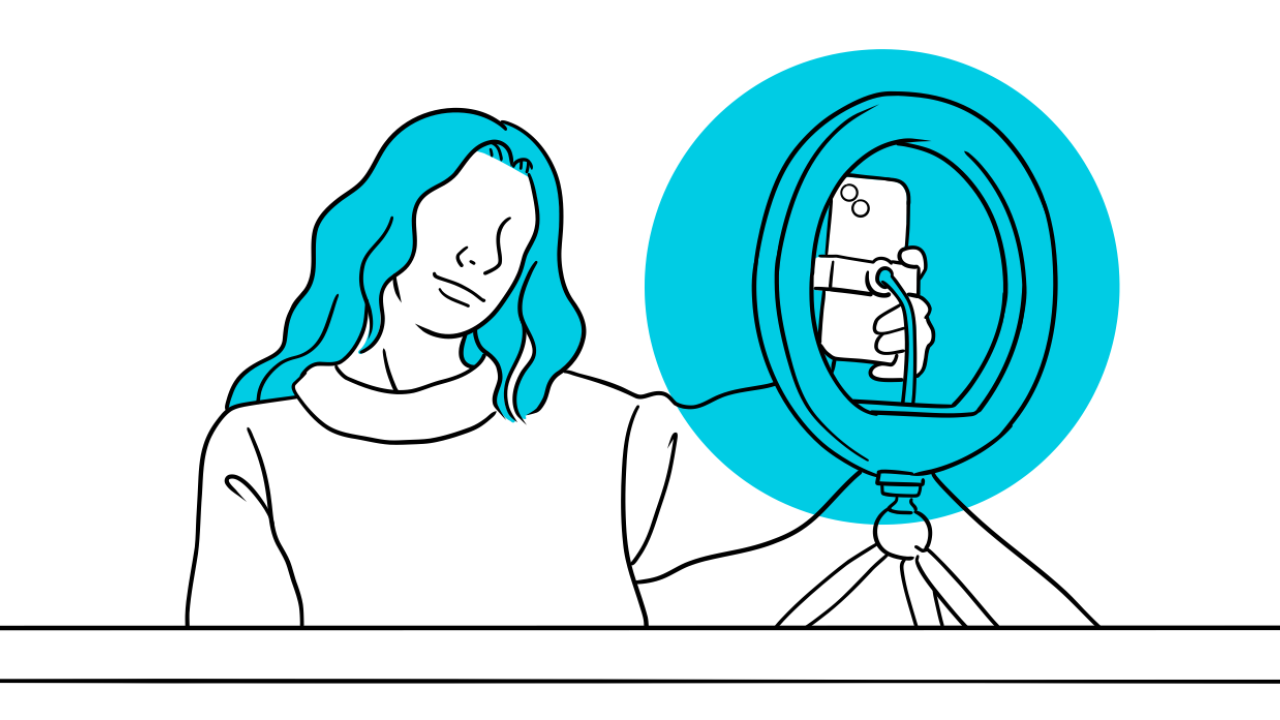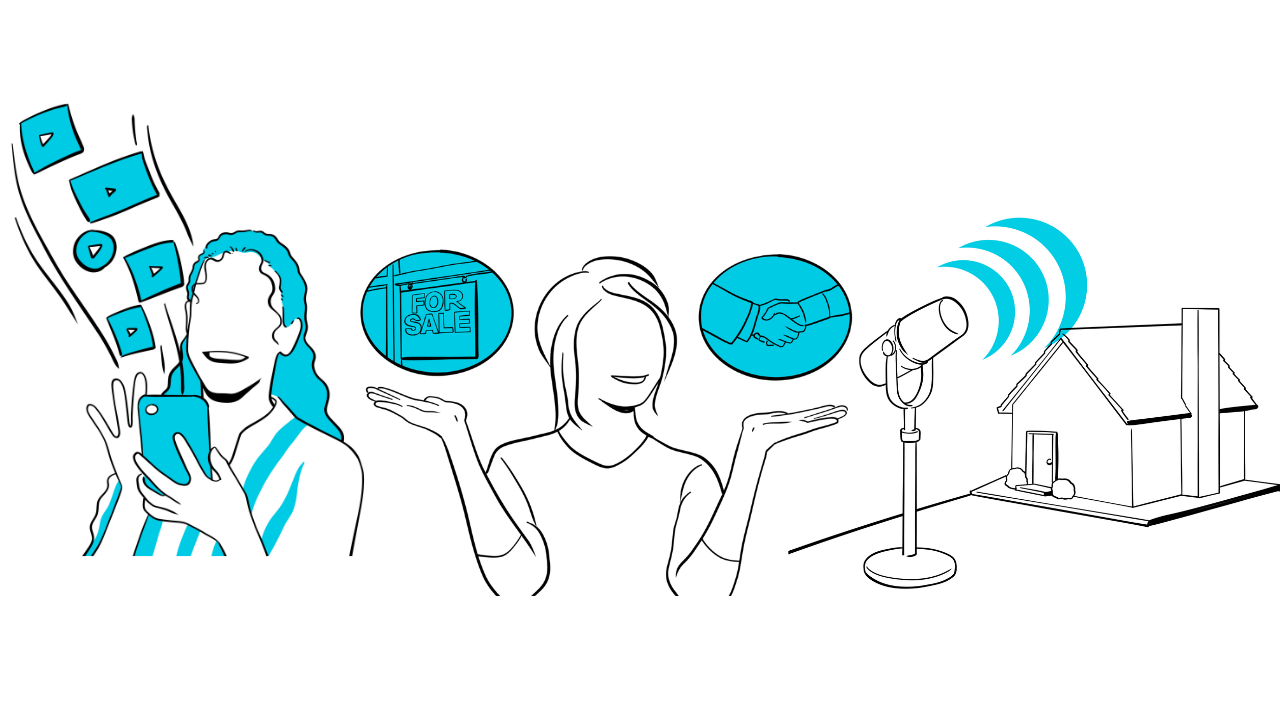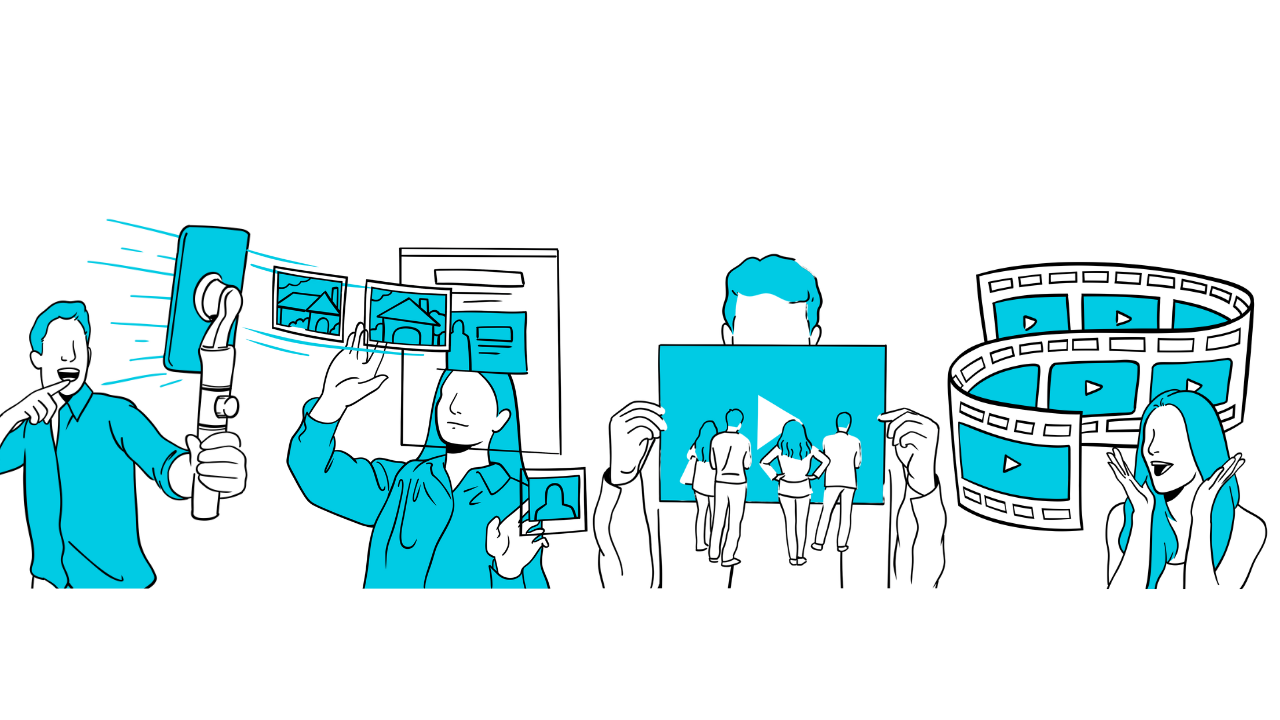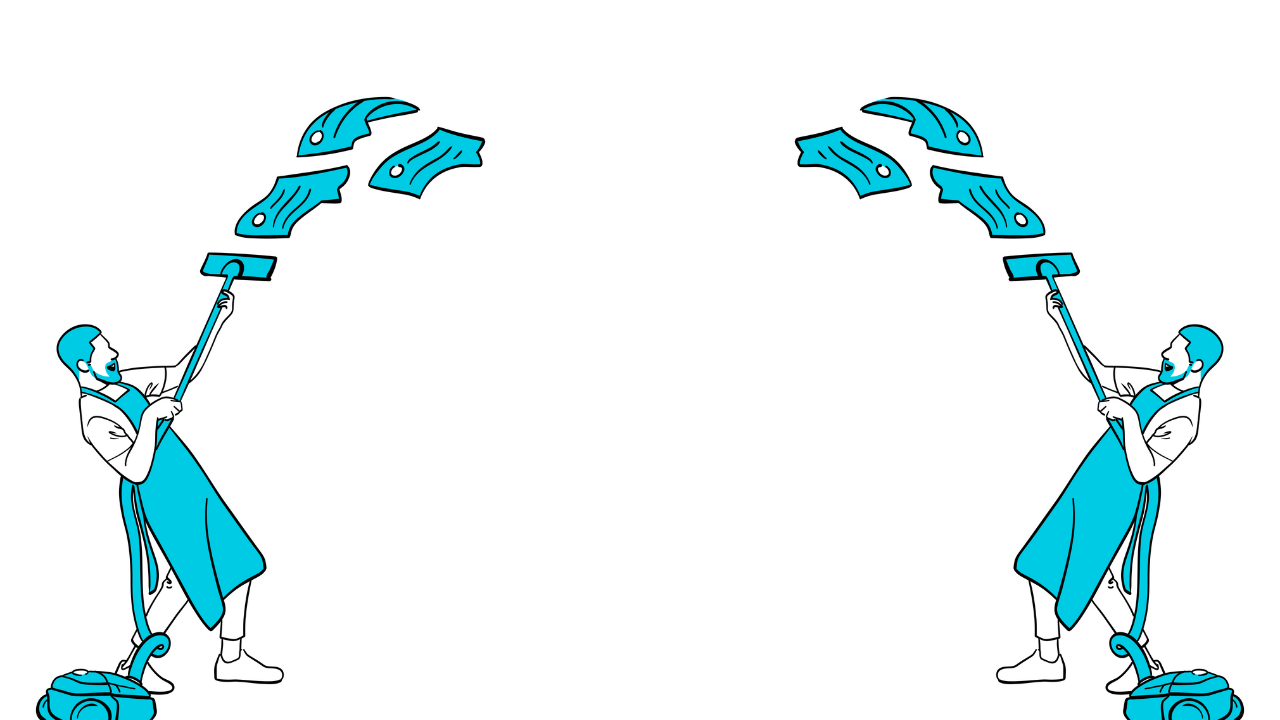Creating consistent, high-quality content can feel overwhelming, especially when balancing the demands of running a business. But what if you could generate an entire month’s worth of content in just 90 minutes?
It’s not about complicated systems or fancy equipment. It’s about embracing a smarter, more sustainable way to connect with your audience—one conversation at a time.
Here’s how you can transform a simple 90-minute session into 30 days of powerful, branded content.
Start with a Conversation, Not a Script

Forget about writing perfect scripts or filming elaborate productions. The best content often comes from real conversations.
Instead of stressing over every word, focus on talking naturally about your expertise, experiences, and advice, just like you would with a client over coffee. Capture that conversation on video or audio (with the client’s permission), or have a friend or colleague play the role of client and stage a typical conversation that you’re able to record. Then, repurpose it into multiple pieces of short-form content that feel authentic and relatable.
How to Apply This:
- Set up a casual Q&A or storytelling session around topics your audience cares about.
- Record it using simple tools like Zoom, Google Meet, or even your smartphone.
- Send the recording to an editor who can pull out the best moments and turn them into polished clips
Once you’ve spent some time on the different video platforms, you may notice that most “viral” videos that you encounter on other platforms got their start on TikTok. So if you are looking to build an audience quickly, TikTok can be a great place to start, and then repurpose videos across other platforms as you grow your reach.
One 90-minute chat could easily become 10 to 15 videos—all without the pressure of scripting every line.
Understand What Your Audience Wants

Creating content without knowing your audience is like throwing darts blindfolded. To really connect, you need to understand what your audience is searching for, what they are struggling with, and what they are curious about.
Use simple research tools like vidIQ, Google Trends, or Answer the Public to find the most common questions and topics in your industry. Then, use that insight to guide your conversations and content themes.
Pro Tip:
Don't just answer the obvious questions. Dive deeper into the challenges and emotions behind them. Content that speaks directly to someone's needs builds stronger trust and gets shared more often.
Maximize Every Piece with Strategic Repurposing

One of the biggest content mistakes? Creating something amazing—and only posting it once.
Instead, stretch your 90-minute recording across multiple platforms and formats:
- Videos for YouTube, Instagram Reels, TikTok, and Facebook.
- Written posts pulled from your transcripts.
- Podcasts if the audio stands strong on its own.
Using simple AI tools to transcribe audio into text, you can quickly diversify your content output without adding hours of extra work.
Action Steps:
- Break down your long recording into short clips (30–90 seconds each).
- Add captions, branding colors, and logos to make your posts instantly recognizable.
- Schedule posts to drip out over the next 30 days, keeping your audience engaged without overwhelming yourself.
Consistency Beats Perfection

Staying consistent is more important than producing viral hits.
By spending just 90 minutes once a month recording valuable conversations, you create a foundation of trustworthy, visible content. Over time, that steady presence acts like an invisible handshake—building trust, credibility, and familiarity before prospects even reach out.
When you show up regularly online, your audience sees you as an authority. When you don’t? You risk being forgotten.
Pro Tip:
Create a simple calendar or checklist for your 30 days of content. Keep it organized so you can focus on your core business without scrambling for daily ideas.
Lean Into Short-Form Content for Maximum Impact

In today’s fast-scrolling world, grabbing attention in the first few seconds is critical. Short-form video is one of the easiest and most effective ways to do it.
Here’s why short-form content works:
- It’s low-commitment for your audience—easy to watch and easy to share.
- It keeps you top-of-mind with quick, frequent touches.
- It boosts engagement on platforms like TikTok, Instagram, and Facebook, where the algorithm favors movement and quick cuts.
Tips for Strong Short-Form Content:
- Focus on movement and energy and always include captions—many users watch without sound.
- Prioritize authenticity over perfection.
- Don’t overthink it—record often and choose the best clips later.
Short videos are like little introductions to your brand. They build curiosity and trust, leading people to seek out more of what you offer.
The Real Goal: Connection, Not Just Content

At the end of the day, it's not about how much you post—it's about how well you connect.
A 90-minute conversation filled with real stories, insights, and personality can fuel weeks of genuine, valuable content. By focusing on authenticity, consistency, and smart repurposing, you can grow your brand presence without burning out.
Ready to turn one conversation into 30 days of content that builds trust, engagement, and opportunity? It starts with hitting “record.”
Results in Action
Let's hear from some of our members about their success bringing the books on listing presentations.
Mark Slade
Mark was already a successful agent, but in one year, he doubled his close rate using books.
“The percentage of listings that I now get when I go on these appointments is up to about 90 percent, when it had been trending at about 45 percent a year ago. The book is an amazing tool to use.”
He called the book his “secret sauce” — the added component that helped him differentiate himself from a crowded field of real estate agents. A former brand manager, Mark understands that the books are an important component in an integrated marketing program.
“Brand management isn’t about one thing. It’s about total reinforcement. It’s the total package. It’s the total marketing effort, and so to me, the book is what seals the deal.”
He’s been using the book as the final piece in his pre-listing package.
“When I meet with my potential listing clients and I show them all the stuff I do to market their home, I throw in that we have a book as well that shows you how we list homes and sell them for more money.”
When you give someone a book, you leave it up to them whether they actually want to read it, but it fortifies the position that you’re not the same as every other Realtor.
“I’m a Realtor that now looks like I’ve written books on the ability to sell homes for more money — or the most money. Fortified by all the things I do when I’m marketing a home, I think it’s a one-two knockout punch.”
Tom Rineberg
When Tom Rineberg met with the sellers of a $300,000 listing, they told him they would be interviewing two other agents.
He handed the couple a packet of information that included a copy of his book.
“And when I handed them the packet, the husband and wife kind of looked at each other, and I knew the other agents hadn't given them anything like that.”
When he followed up a week later, the couple was still on the fence. Ultimately, they called him back and told him they wanted to hire him over the other agents.
“I asked him why, and part of the reason was no other agents had given them the material. And what I felt that was referencing was the book.”
Weyland Betha
Member Weyland Betha has been using the listing presentation included in his membership.
“I liked the pre-listing package and the listing presentation. Your listing presentation is far above and beyond any other listing presentation I've ever done because it actually shows value to the clients and that you're actually on their side,” he says. “A lot of agents will come in and say, ‘Hey, I'm on your side.’ And then they'll try and differentiate a price from what the sellers have. But this listing presentation shows how to bring the house up to value to get what they want. And that's huge.”


.png)





